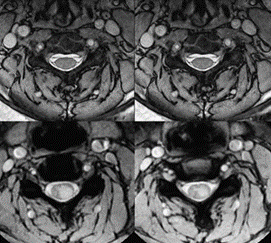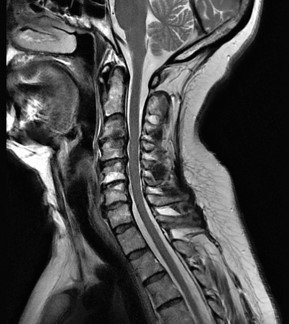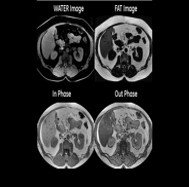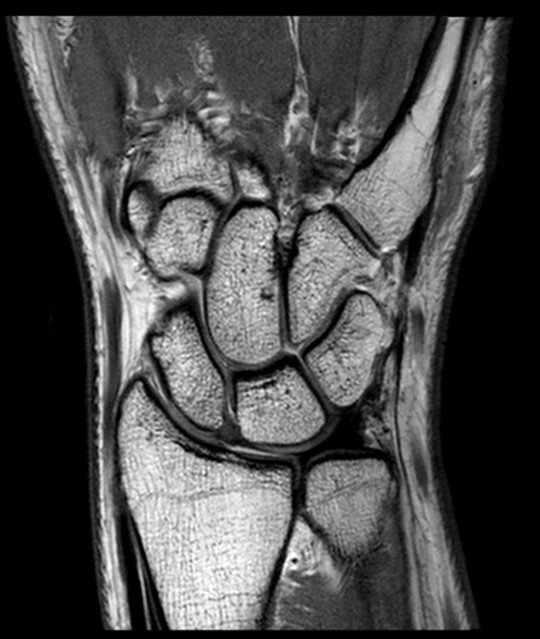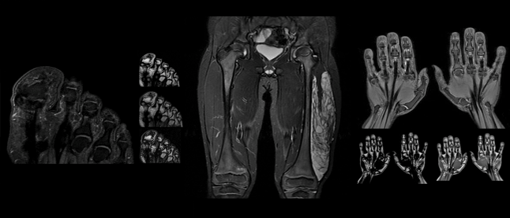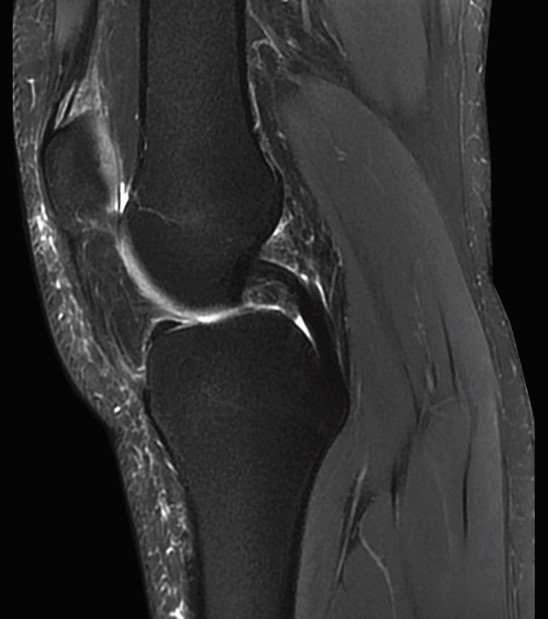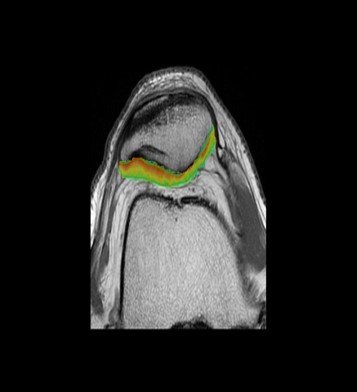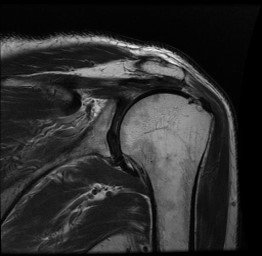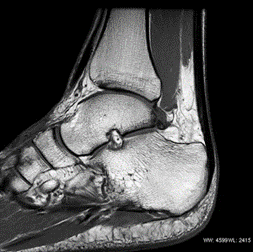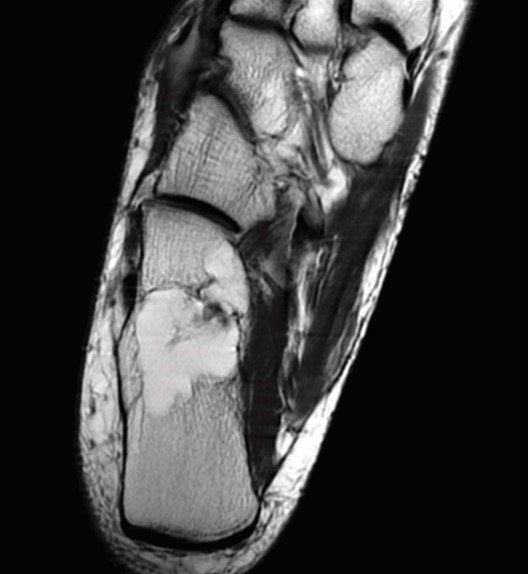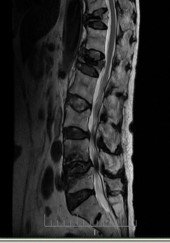other types of injury
Soft Tissue Injury/Whiplash
A soft tissue injury is damage to the body’s connective tissue, like muscles, ligaments and tendons. This is the most common type of injury resulting from a car accident.
Whiplash is the soft tissue injury of the neck and upper back muscles and ligaments are stretched due to sudden movements imposed on the head and neck in the collision. These same mechanisms and forces can cause soft tissue injuries in other areas of the body such as a person’s back. Car accidents often cause mid-back and low-back muscle sprains, and sometimes cause more serious back injuries because of the impact force against the spine.
Chest INJURY
The chest injuries typically take the form of contusions or bruises but can be more severe, such as broken ribs or internal injuries. Driver often experiences chest injuries because of his or her position behind the steering wheel, which allows very little freedom of movement before the chest collides with the steering wheel. If a person’s body is thrown forward in a collision, even though it may not impact the steering wheel or dashboard, the chest area will still experience a high level of force against the shoulder harness or seat belt, which can cause severe bruising.
Musculoskeletal Injury
If a person’s car suffers a side impact, his or her arms, legs, and even pelvis or hip areas can be affected. Depending on the nature of the collision, injuries to body parts may result in mere bruises or scrapes, but some severe fractures and bleeding can occur.
herniated disc
Common car accident injuries also include herniated and slipped discs in the spine. The spine contains many liquid-filled discs that serve to cushion the spinal column. The discs allow movement in the spine and they also help absorb certain shocks a person may experience. When such physical trauma occurs in a car accident, the discs can be displaced. Displaced discs can place pressure on the spinal cord nerves, resulting in immense pain, weakness, or numbness.

